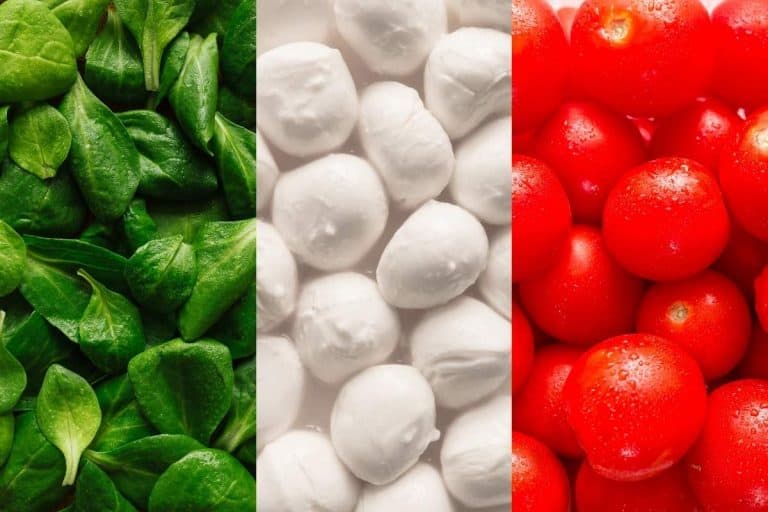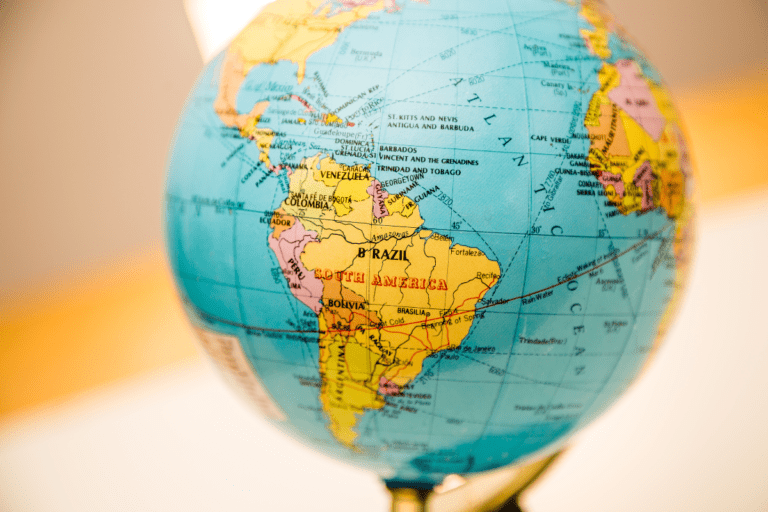Last updated on June 27, 2023
Internationally renowned for being the friendliest country in the world and for the overuse of the word “eh”, Canadians come from the large North American country north of the border of the United States. It is the second largest country in the world but has a relatively small population. So whether you’re driving the Trans-Canada Highway (the longest highway in the world of its type), witnessing the highest tides in the world, or exploring unique wildlife found throughout – there is always something new and exciting to learn.
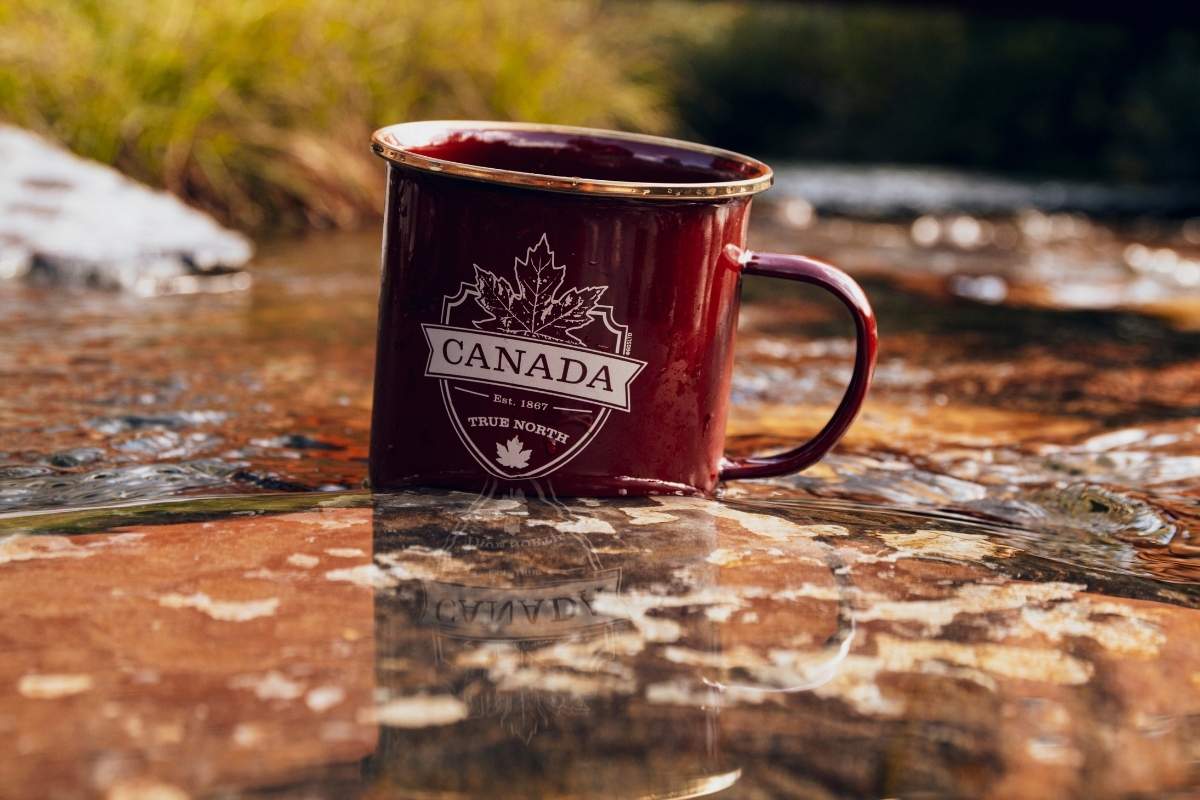
This exhaustive list of fun facts about Canada will give you a plethora of knowledge to delight your friends and family with.
Do you already consider yourself an expert on Canadiana? Then go ahead and test your knowledge in our quiz about Canada facts, or if you’re not quite ready for that, read on to learn facts about Canada.
If you’re not quite ready to take the quiz, read on to explore the Great White North with us and learn more!
Fun Facts About Canada
Canadian Geography
~ Canada shares a border with only one country: the United States of America
~ Canada is comprised of ten provinces and three territories. From west to east, starting with provinces:
- British Columbia
- Alberta
- Saskatchewan
- Manitoba
- Ontario
- Québec
- New Brunswick
- Nova Scotia
- Prince Edward Island
- Newfoundland
- Yukon Territory
- Northwest Territories
- Nunavut
~ The Trans-Canada Highway is one of the world’s longest routes of its type, stretching over 7,500 km across Canada from coast to coast, travelling through all ten provinces of Canada.
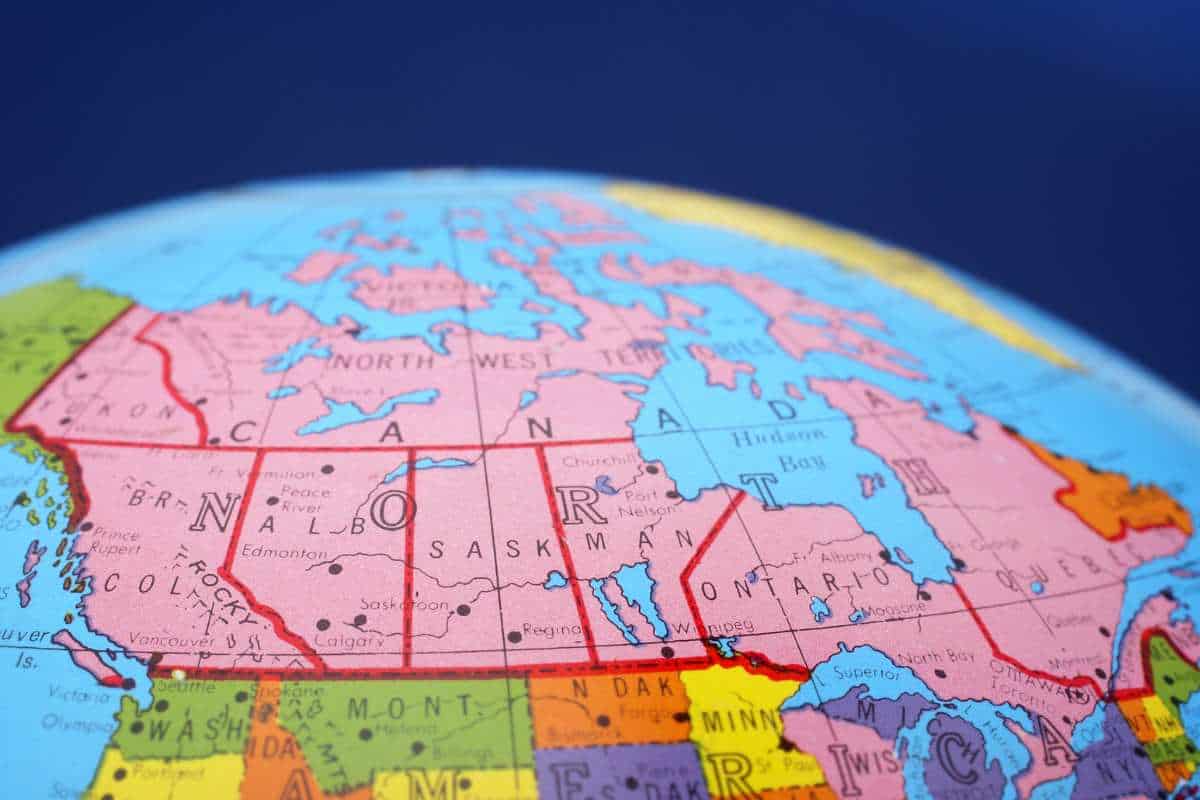
~ Canada is the largest country in North America.
~ Canada is the second largest country in the world. It is so big that the country contains SIX time zones.
~ Canada has the longest coastline in the world at 243,042 km (151,019 mi). Additionally, the province of Newfoundland & Labrador has the longest coastline in Canada.
~ Between the United States of America and Canada is the longest undefended border in the world.
~ Also shared between Canada and the United States of America is Niagara Falls, the largest waterfall in the world by water volume.
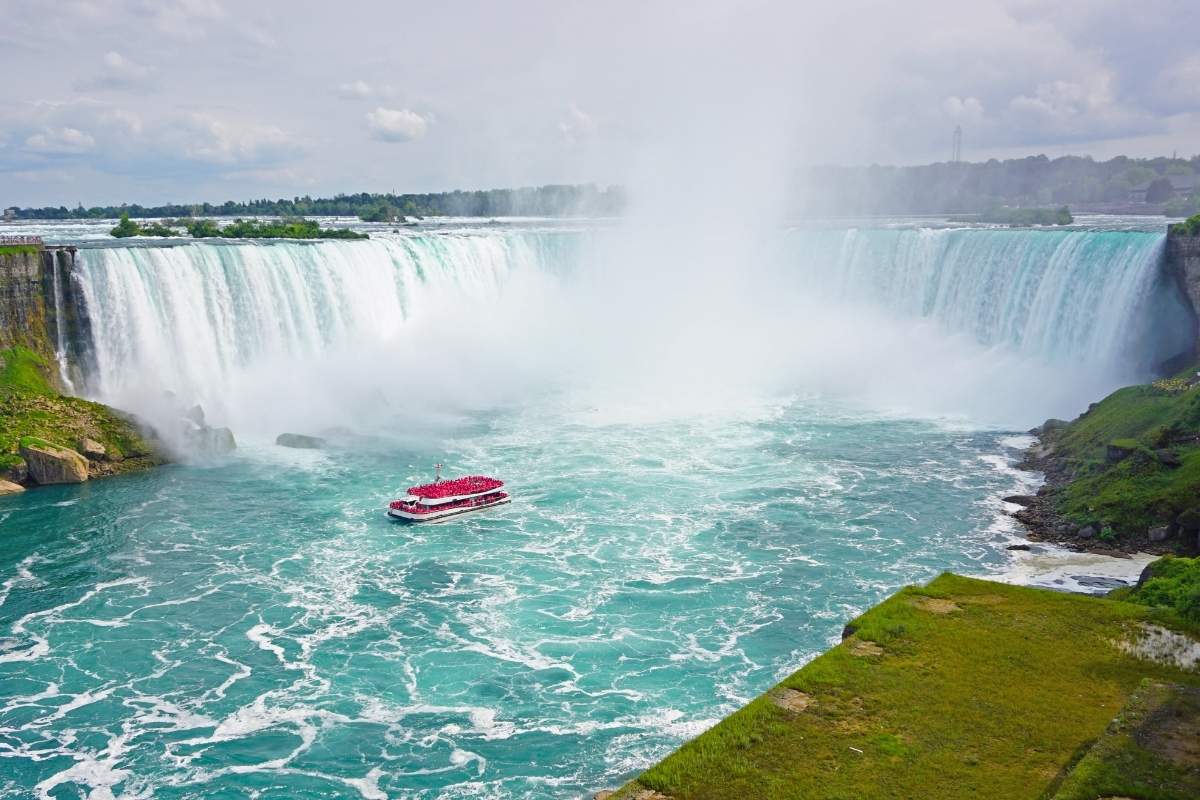
~ More than half of all the lakes in the world are located in Canada! It makes sense why Canada is home to 20% of the world’s freshwater.
~ Two of the top 10 largest lakes in the world are found in Canada. Great Bear Lake and Great Slave Lake and both are located in the Northwest Territories.
~ The Northwest Territories is called The Land of the Midnight Sun because the sun barely sets around the summer solstice.
~ Some of the world’s largest wheat fields are found in Saskatchewan.
~ The highest tides in the world can be found at the Bay of Fundy (which separates New Brunswick from Nova Scotia). At their most extreme, the highest tides can reach an incredible 16 meters or 53 feet.
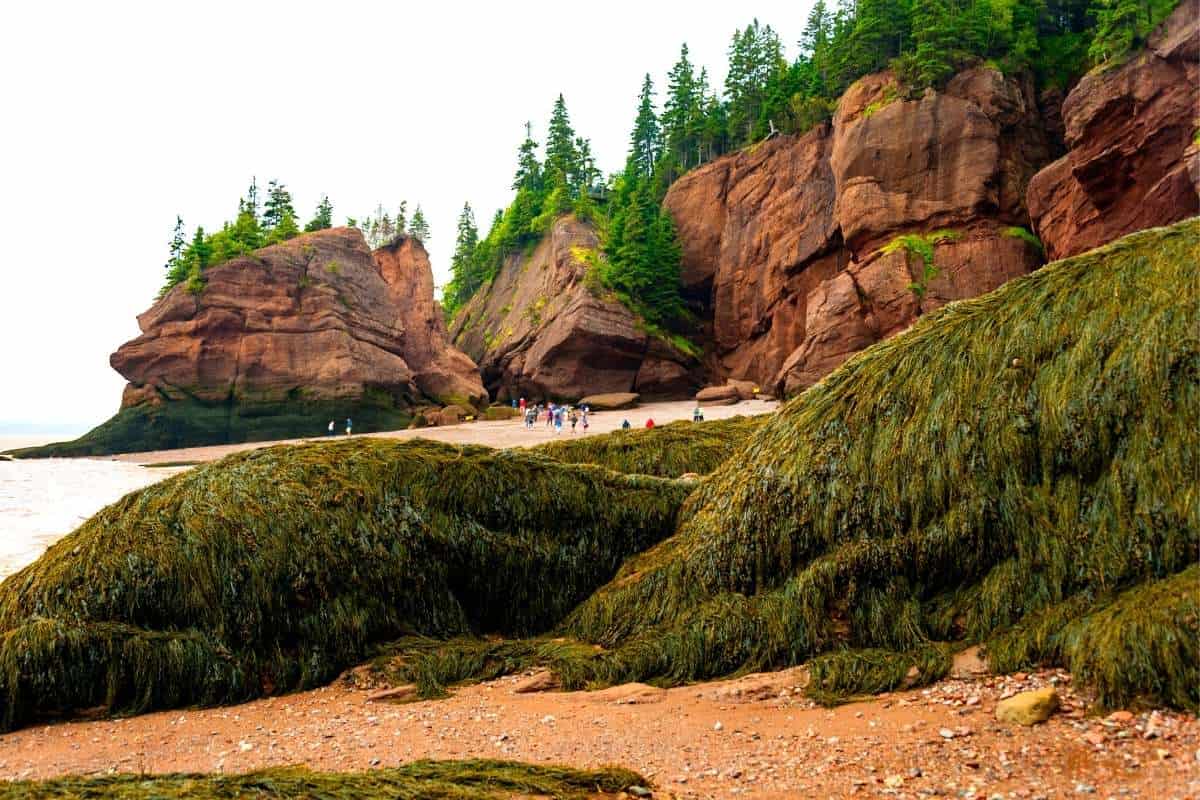
~ Located at the northern tip of Ellesmere Island, the village of Alert in Nunavut is the northernmost permanent settlement in the world! Ellesmere Island is only a short 817 kilometres from the North Pole.
~ Victoria Island straddles the boundary between Nunavut and the Northwest Territories and is Canada’s second-largest island. This island in the Arctic is the eighth largest island in the world at 217,291 km² in area.
~ Wasaga Beach in Ontario is the longest freshwater beach in the world.
~ The Canadian Shield refers to the exposed portion of the continental crust underlying the majority of North America. Canada’s Shield is one of the oldest on Earth (and contains some of the oldest rocks on Earth), with areas dating back BILLIONS of years. Geologists discovered a rock dating back to 4.28 billion years in 2001 in an area of exposed bedrock on the eastern shore of Hudson Bay in northern Québec.
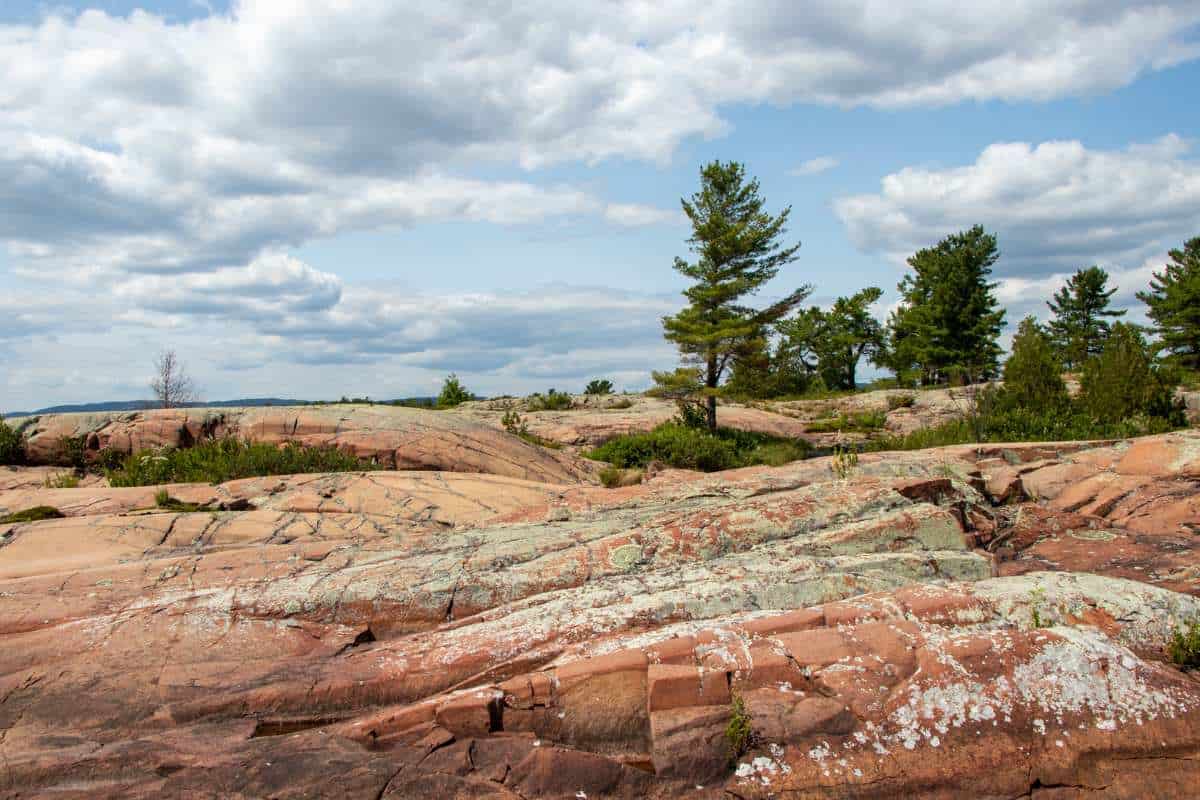
~ Prince Edward Island is Canada’s smallest province in population and land size. However, despite its small size, Prince Edward Island is Canada’s most developed and densely populated province.
People and Languages
~ Although English is the predominant language used, Canada is a bilingual country with both English and French as the two official languages. You can witness the two official languages in action at the grocery store – each item will have an English side and a French side.
~ Québec is the only officially French-speaking province.
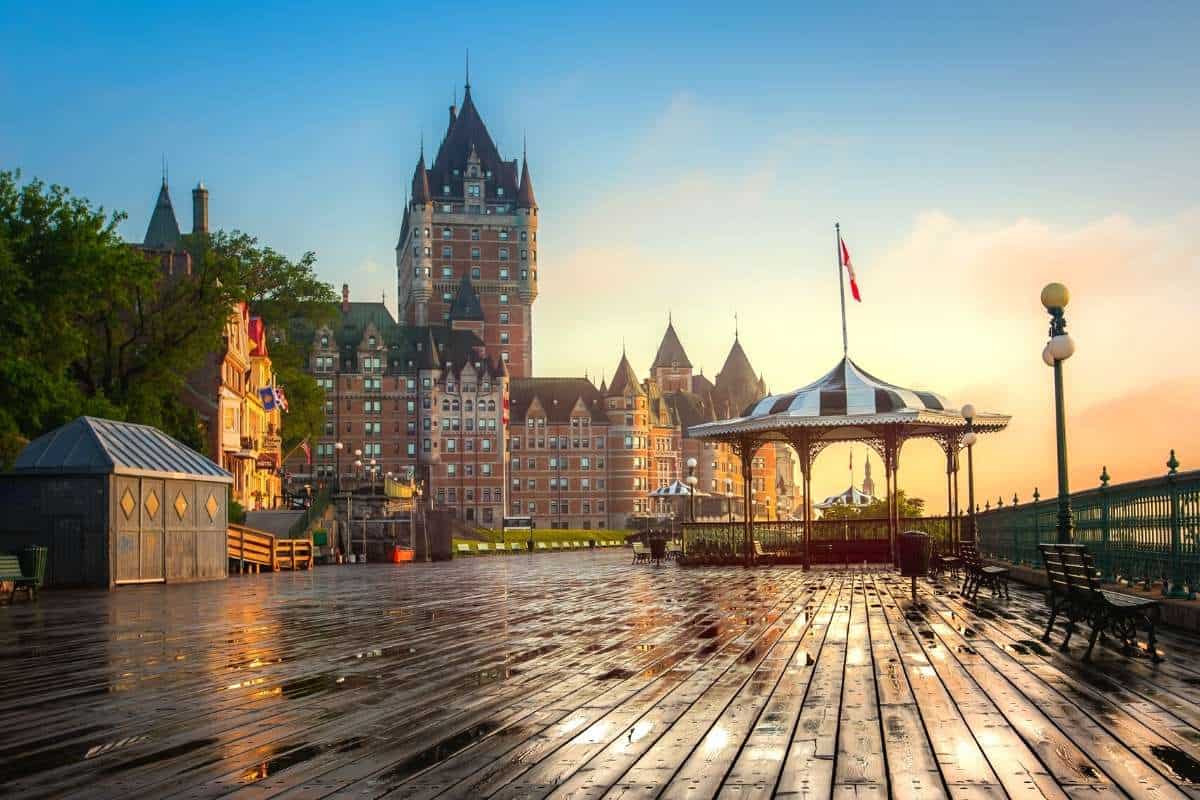
~ New Brunswick is the only officially bilingual province – English and French.
~ The most frequently spoken language at home (besides English and French) for Canadians is Mandarin (640,000 Canadians).
~ As of 2022, the average life expectancy of Canadians is 82.
~ There are more than 630 First Nation communities in Canada, which represent more than 50 Nations and 50 Indigenous languages.
~ There are three categories of Indigenous peoples in Canada: Inuit, Métis and First Nations. The Inuit primarily inhabit the northern or Arctic regions of Canada, Métis peoples are of mixed European and Indigenous ancestry, and First Nations peoples were the original inhabitants of the land that is now Canada.
~ Half of all people living in the province of British Columbia live in the metropolitan area of Vancouver.
~ The most common last name of Canadians living in Canada is ‘Smith’.
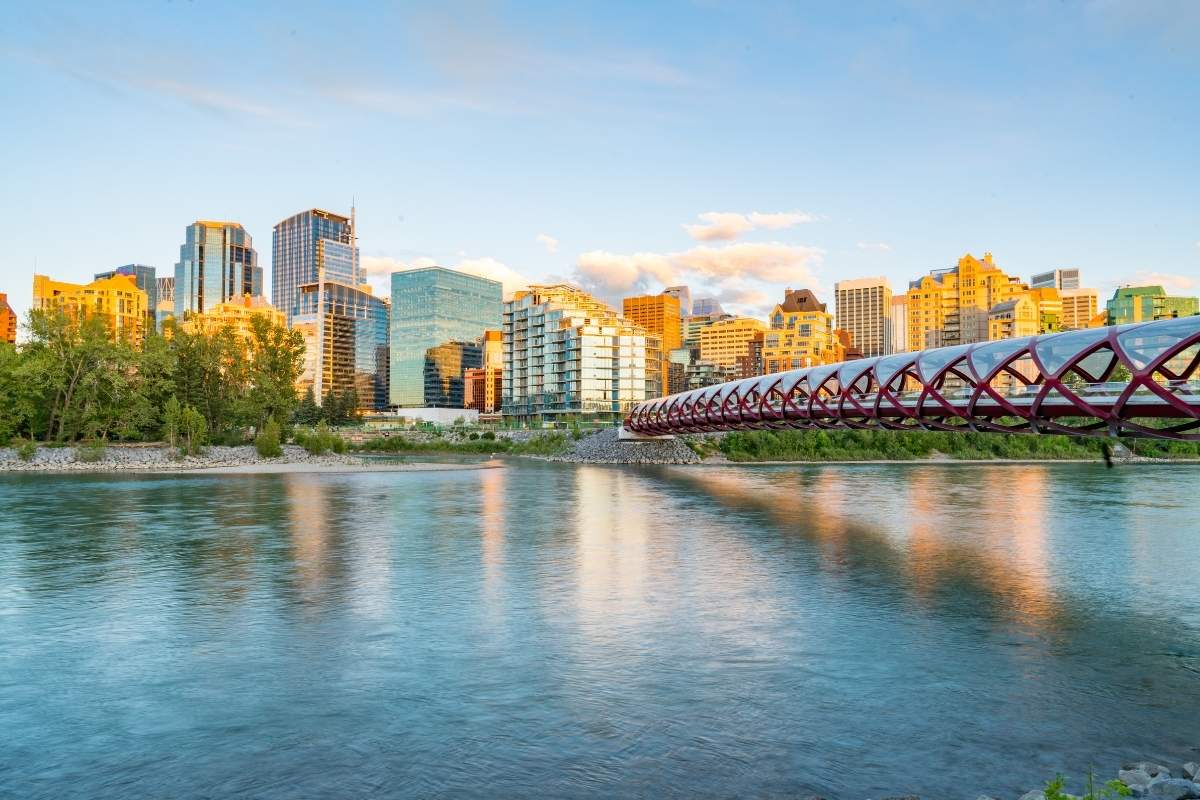
~ Toronto is the largest and most populous city in Canada, with around 6.2 million Canadians calling the city home.
~ Over 20% of Canada’s current population is foreign-born.
~ Canada is the most educated country in the world. Over 56% of Canadian adults hold a college degree, the highest proportion among developed nations.
~ There are over 37 million Canadians. While Canada is very large, with a total land area of 2 million square km, much of the land is uninhabited. Canada has the fourth lowest population density on Earth, with 3.7 people per square km.
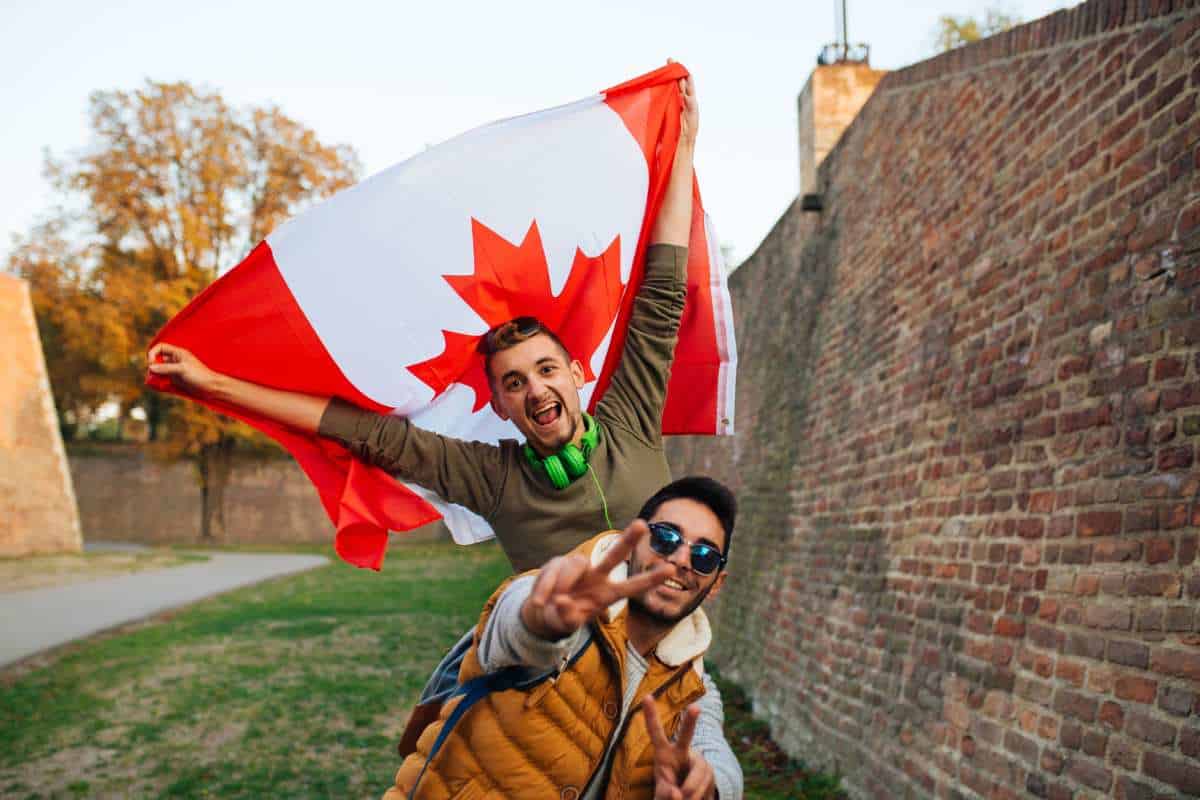
Biodiversity
~ The beaver is the National Animal and is the figurehead on the Canadian 5 cents coin (nickel). Interesting fact: a Canadian beaver can weigh up to 60 pounds and is the second largest rodent in the world (the largest in the world is the capybara from South America, for those curious).
~ One of the most exciting and interesting facts about Canada: You’re more likely to see a polar bear in Canada than in any other country! Home to the highest population of polar bears in the world, Canada contains a whopping 65% of the world’s polar bear population.
~ If you are looking to spot a polar bear in the wild (safely, of course), Churchill, Manitoba, is the mecca, and you want to aim between mid-October to mid-November for the best chance to see a polar bear.
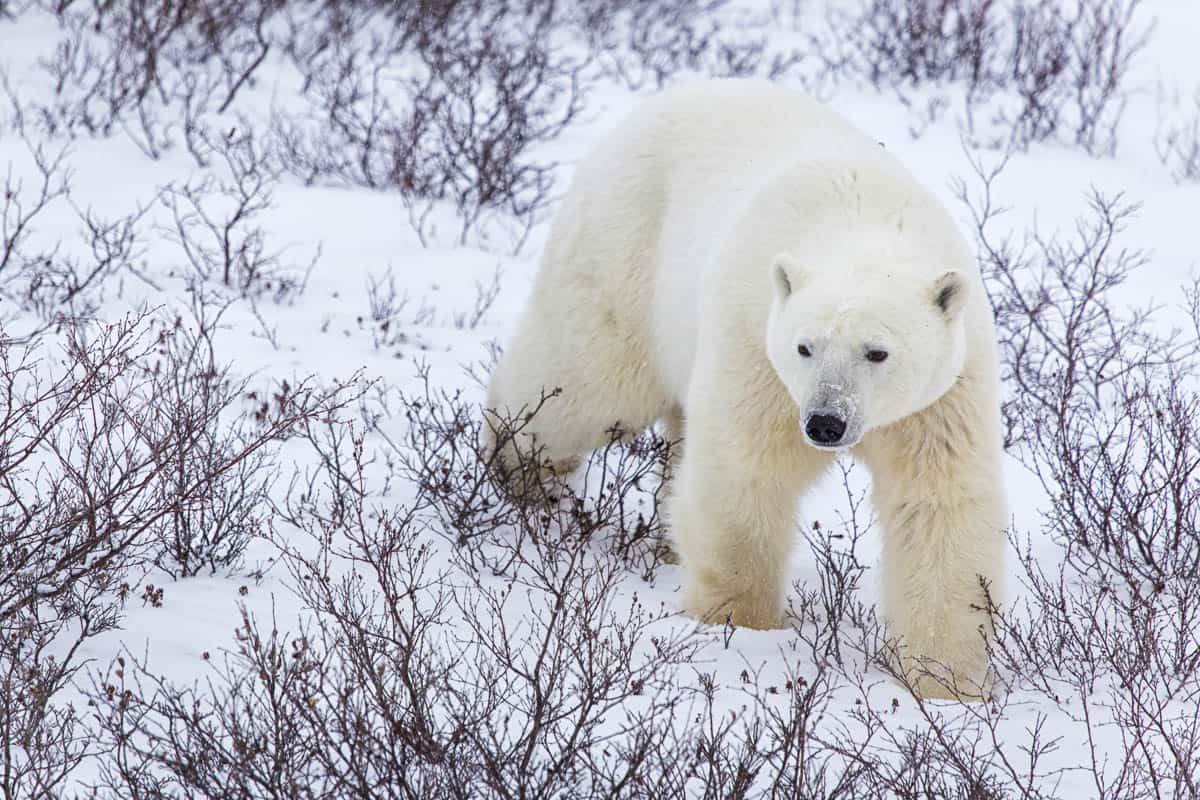
~ Probably a lesser-known fact about Canada but still really neat: Churchill, Manitoba is also the best place to witness the largest Beluga whale migration in the world!
~ The largest documented lobster ever caught was a whopping 9.3 kg and was caught off the coast of Nova Scotia in 1977.
~ Canada is home to a diverse range of beautiful animals and wildlife! Did you know that these seven animals are native to Canada?
- Canada lynx
- Beaver
- Moose
- Wolverine
- Beluga whale
- Bighorn sheep
- And, of course: the Canada goose!
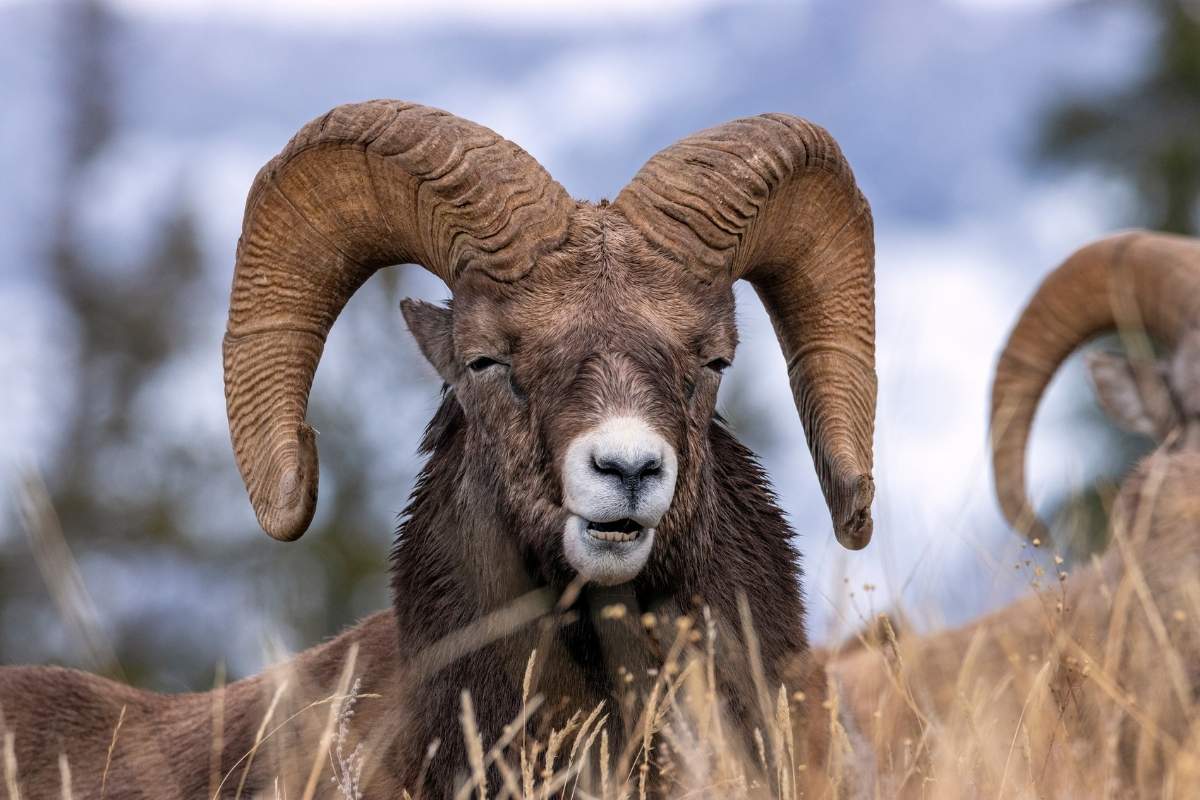
~ There are more than 2.4 million caribou in Canada. It’s interesting to note that caribou are the only deer in which males and females both have antlers.
~ Canada geese are about as Canadian as maple syrup! At least 11 subspecies of Canada goose have been identified from the smallest Cackling Goose subspecies (minima) to the largest subspecies of Canada Goose (maxima). Minima is only a quarter the size of the Maxima, the latter averaging a weight of 11 pounds.
~The oldest recorded Cackling Canadian Goose was a male at least 22 years and eight months old when he was shot in Oregon in 2010. He had been banded in Alaska in 1987.
History
~ Per archaeological evidence, the first people to come to Canada arrived between 15,000 and 30,000 years ago across a land bridge that joined Asia and North America.
~ In the 16th century, French and British settlers arrived. Various disputes led to multiple wars between 1689 and 1763. The final war called the French and Indian War, left the British in control of Canada, but the French influence is still highly evident even today.
~ John Cabot was born in Italy but sailed on behalf of England and was the first European explorer to reach Canada in 1497.
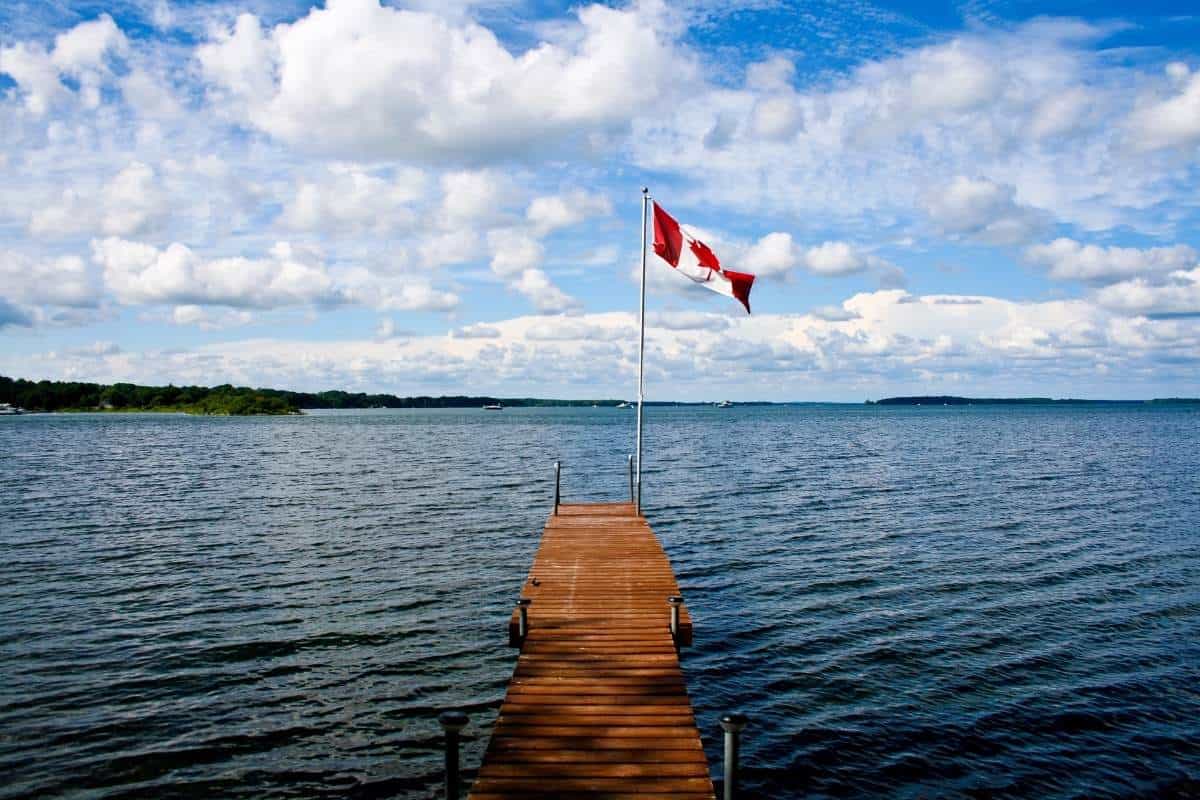
~ The east coast of Canada was settled by Vikings in approximately 1000 AD. The archaeological remains of the Viking encampment at L’Anse aux Meadows National Historic Park on the island of Newfoundland are a UNESCO World Heritage Site (one of the first with this designation in the world) and is the earliest evidence of European presence in North America.
~ The Norwegian explorer Roald Amundsen first achieved navigation of the northwest passage from the Atlantic to the Pacific in 1906.
~ Dating back to the 17th century, Quebec City is the only walled city north of Mexico.
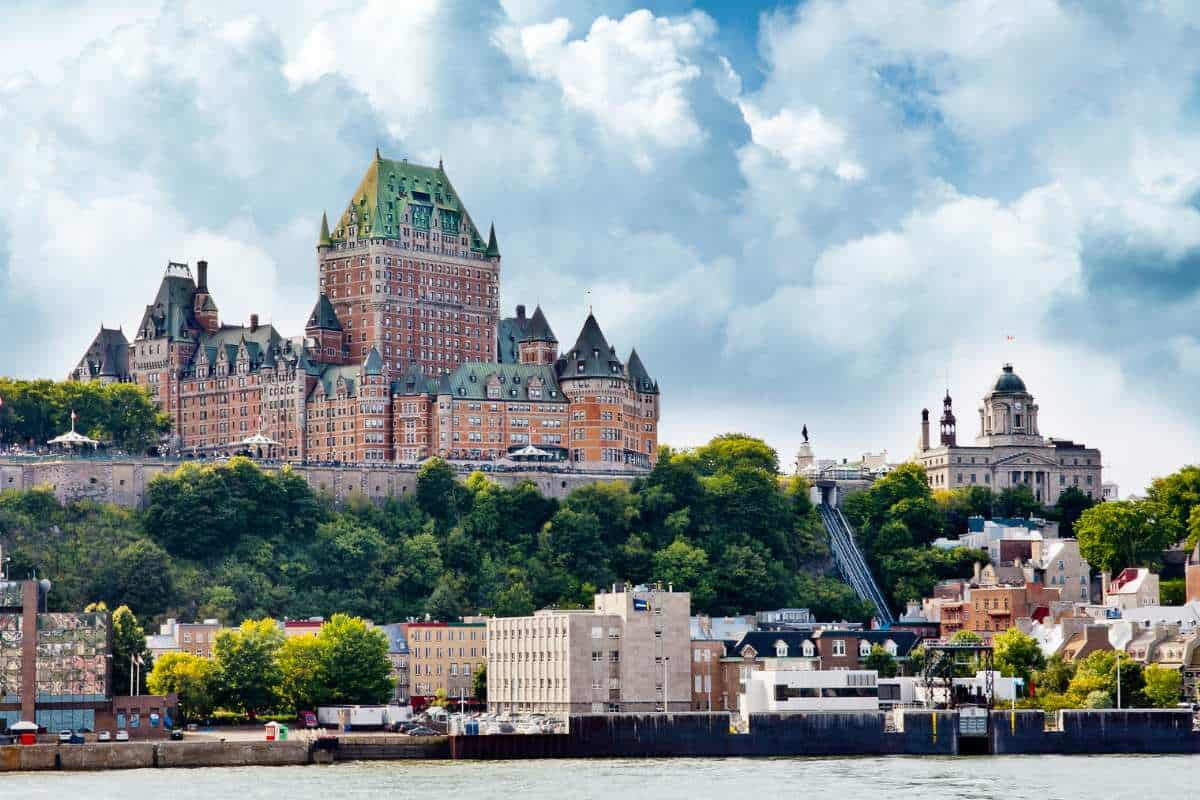
~ Canada has been invaded twice by the United States – both in 1775 and 1812. Canadians retaliated after the 1812 incident and even burned down the White House.
Culture
~ It’s true that Canadians love their sports! The national sport of Canada is Lacrosse but most people will argue it’s hockey.
~ While details of its origin are a bit murky, Canada gets credit for modernizing the sport of hockey to what it is today.
~ Even though the sport of curling was invented in Scotland, it is a favourite pastime for many Canadians. In fact, Canadians are so good at the sport that they have won the most world championships by a long shot. Up to 2022, Canadian men have won gold 36 times, and the next closest is Sweden at 10. Canadian women have won 17 gold; the next closest is Switzerland at 9.

~ You can visit towns with some quirky names in Canada. For example, on the east coast, there is a town called Dildo, and in the west, there is a place called Sexsmith in Alberta and Stoner in British Columbia.
~ Cannabis is legal throughout all of Canada.
~ Canadians call the one-dollar coin the loonie, and the two-dollar coin is named the toonie.
~ The Hudson Bay Company, which dates back to 1670, is the oldest company in Canada and originates from England. As every Canadian kid learns, HBC began as a fur trading business, and at one point, it was the largest landowner in the Dominion of Canada. However, it is now most commonly known as a convenient luxury department store that follows the same name.
~ Here’s one super sticky but fun fact about Canada: The sugar maple is Canada’s national tree, and its sap is the main source used in producing maple syrup. This is why there is a maple leaf in the middle of the Canadian flag; it is a sugar maple leaf.
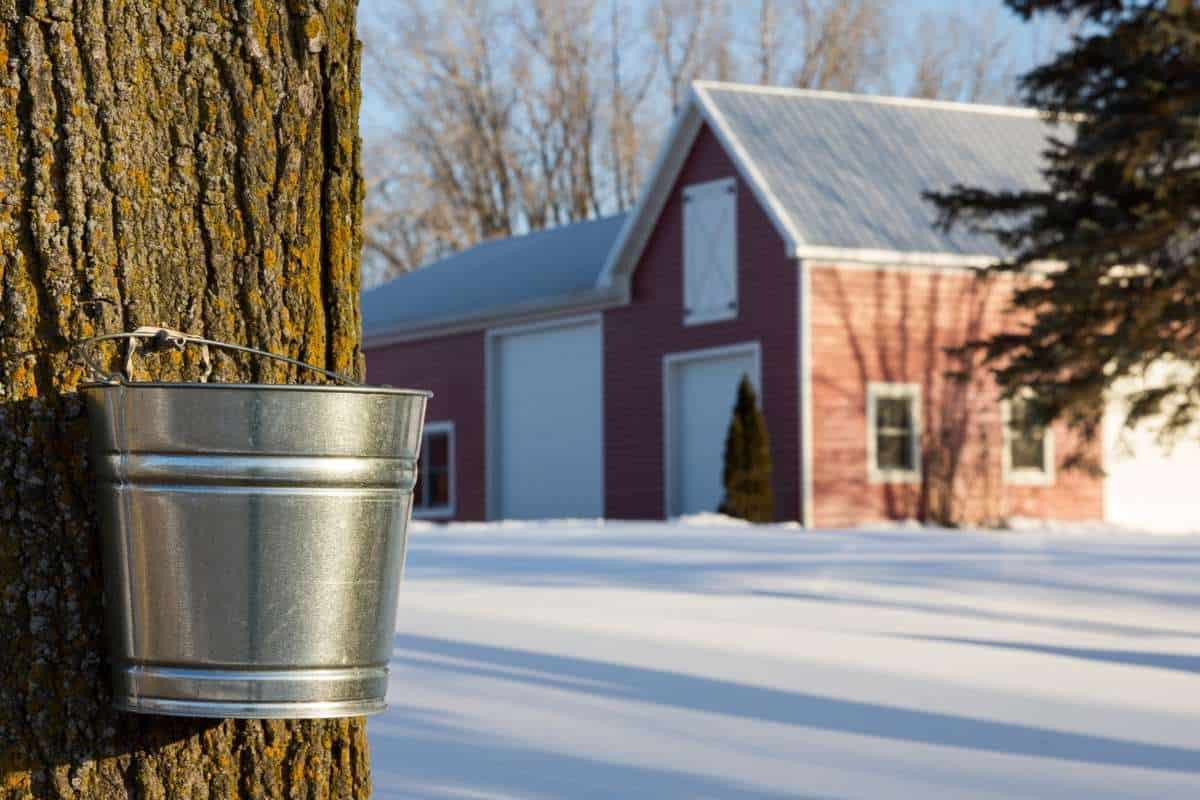
~ No surprise here as this is one of the more well-known fun facts about Canada: Canadians are known to be some of the friendliest people, and Canada is known as the friendliest country in the world.
~ The currency used in Canada is the Canadian Dollar (CAD).
~ The capital city of Canada is Ottawa, located in the province of Ontario.
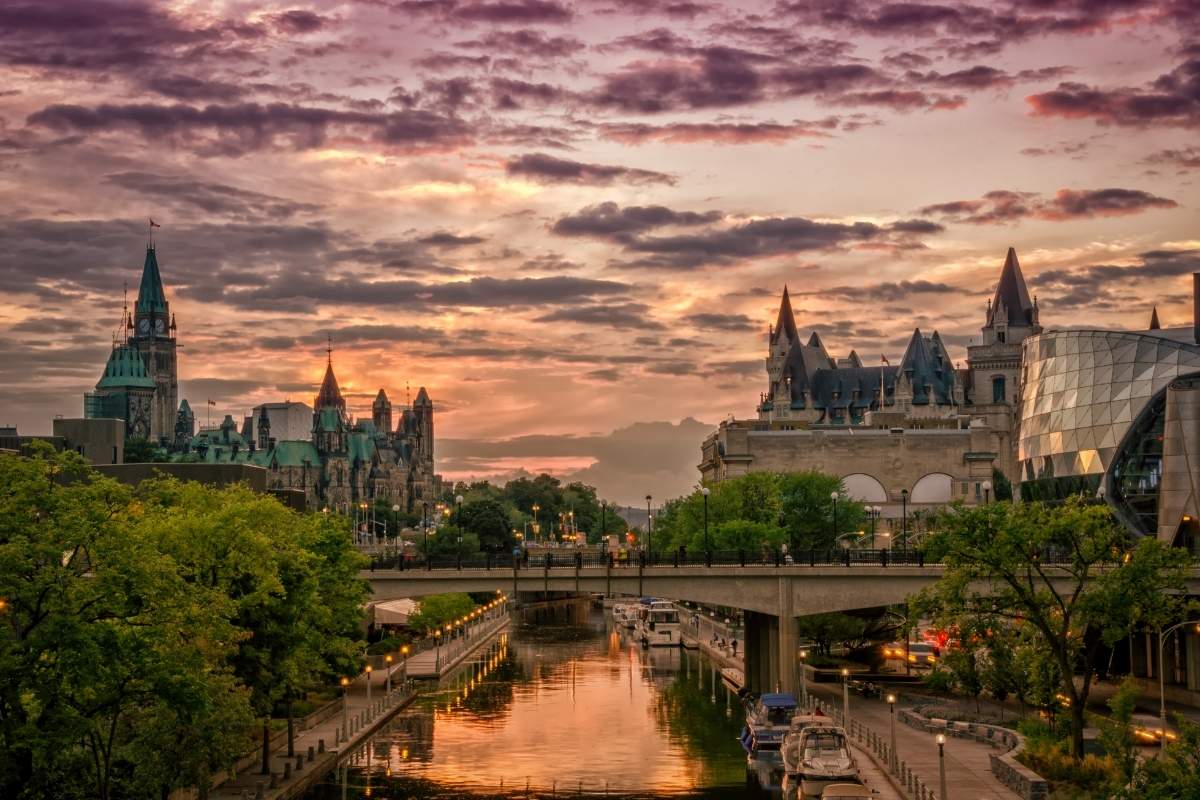
~ Standing at 553 m (1,815 ft), the CN Tower in Toronto is the tallest free-standing structure in the western hemisphere.
~ Canada is a monarchy. Yep! It’s because Canada is a member of the British Commonwealth, having formerly been a colony of the British Empire. (Though it became self-governing in 1867.)
~ The word Canada is derived from an Indigenous word, kanata, which means “settlement” or “village” in the language of the St. Lawrence Iroquoians.
~ One of the most sports-driven countries in the world, Canada is the birthplace of such sports as basketball, 5-pin bowling, and lacrosse.

~ Canada has a different Thanksgiving than the United States. Whereas the USA celebrates this holiday in November, Canadians celebrate Thanksgiving in the middle of October.
~ Canada as a country is bilingual, but the Northwest Territories recognizes 11 official languages. They are: Gwich’in, Chipewyan/Dené, Inuinnaqtun, Tłįchǫ Inuktitut, Cree, North Slavey, South Slavey, Inuvialuktun, English, and French.
~ Milk comes in bags in some spots. Yes, actual plastic bags. But this phenomenon is mainly just seen in eastern Ontario.
~ Canadians use the metric system and the imperial system of weight and measurement. For example:
- Canadians follow speed limits and measure length in metres but measure height in feet.
- Canadians check the temperature outside in Celsius but cook in Fahrenheit.
- Canadians weigh and buy food by kilogram but weigh themselves in pounds.
Weather
~ The lowest temperature ever recorded in Canada was in Snag, Yukon, at -63 degrees C on February 3, 1947.
~ Saskatchewan, despite its long winters (or what feels like winters that won’t end), actually has the title of the sunniest province in Canada!
~ Winnipeg, Manitoba, is the coldest city in Canada.
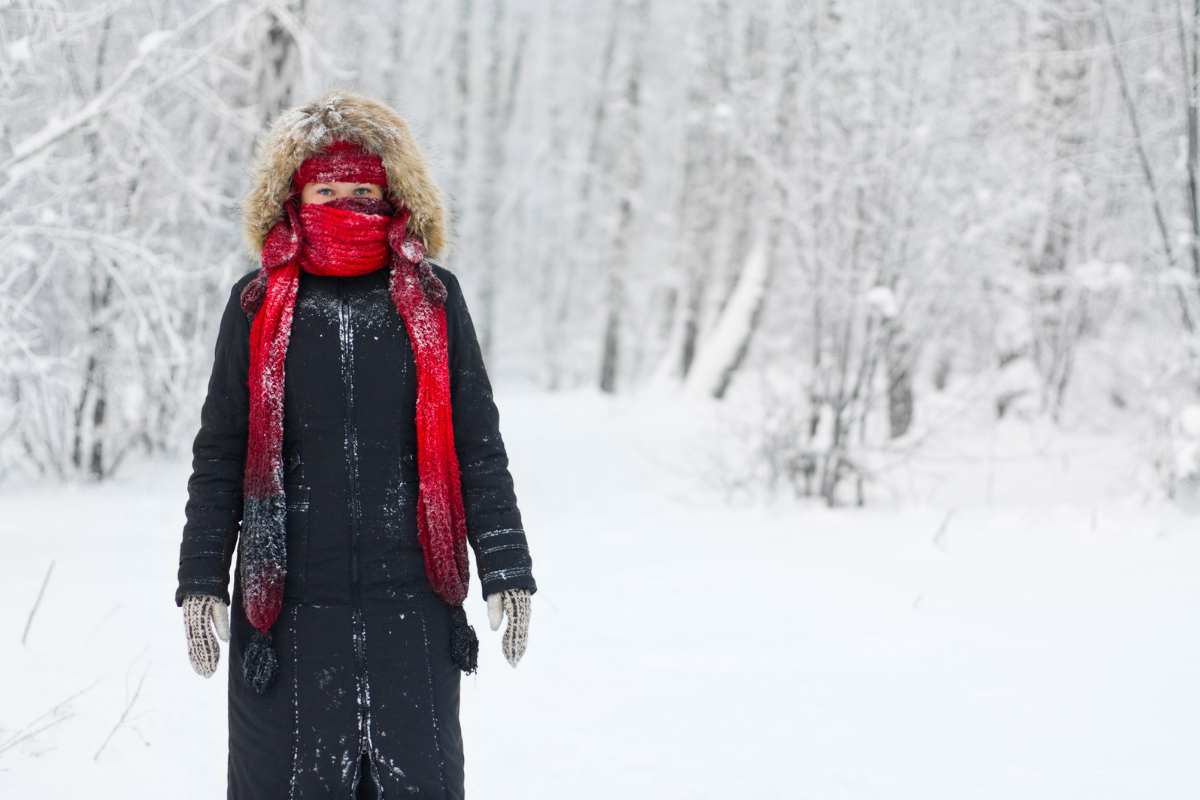
~ The world’s largest naturally frozen skating rink is created every year when Ottawa’s Rideau Canal freezes. It’s gorgeous, VERY Canadian, and tons of fun.
~ In Pincher Creek, Alberta, in 1962, the temperature changed from -19 C to 22 C in just one hour! Pincher Creek now holds the national record for one of the most extreme temperature changes in a single day.
~ The Grand Banks off Newfoundland is considered the foggiest place in the world. The area experiences 40% fog cover in the winter and over 80% in the summer.
~ Although the image of igloos seems to come up when thinking of Canada, it should be well known that Canada offers four seasons: Winter, Spring, Summer, and Fall.
~ Canada, on average, experiences up to 250 days of sunlight a year!

~ Regina, Saskatchewan, can be both the coldest and the warmest place in Canada. Regina has some of Canada’s lowest recorded temperatures (—50ºC recorded on February 1, 1893) and the highest (43.3ºC on July 5, 1937).
Food and Drink
~ Founded in 1786 in Montreal, Molson Coors Canada is the oldest brewery in North America and continues to produce beer on the original brewery site. You may recognize the popular Molson Canadian beer that pays homage to Canada with its name.
~ Invented in Calgary in the 1960s, the Caesar is considered Canada’s national cocktail. Made with vodka, clam juice, tomato juice, spices and Worcestershire sauce, it is typically served in a glass rimmed with celery salt and garnished with a celery stalk, olives, and lime.
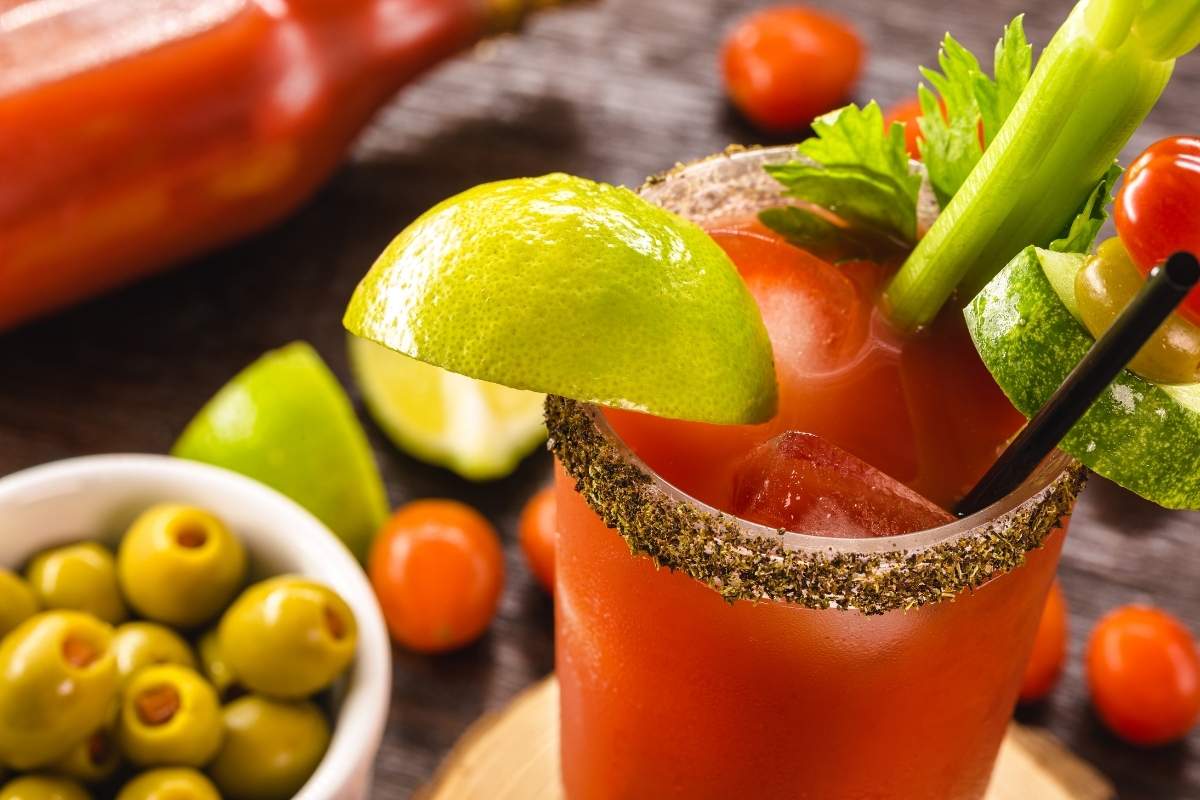
~ Parts of Canada have fertile farming land that is perfect for vineyards. Notable wine is produced in British Columbia, Ontario, Quebec, and Nova Scotia.
~ Canada is the world’s largest exporter of maple products (almost exclusively from Quebec), accounting for approximately 71 percent of the world’s maple syrup exports.
~ Perhaps the quirkiest of our “fun facts about Canada”: Canadians eat more Mac and Cheese than anyone else in the world. According to Heinz-Kraft, 7 million boxes of Kraft Dinner (or Mac and Cheese) are sold every week globally. Of those, 1.7 million boxes of Kraft Dinner are sold in Canada.
~ Canada has more doughnut shops per capita than any other country.
~ Poutine is a famous dish from Canada that originated in Quebec. The dish consists of french fries, topped with squeaky cheese curds, and smothered in melted gravy.
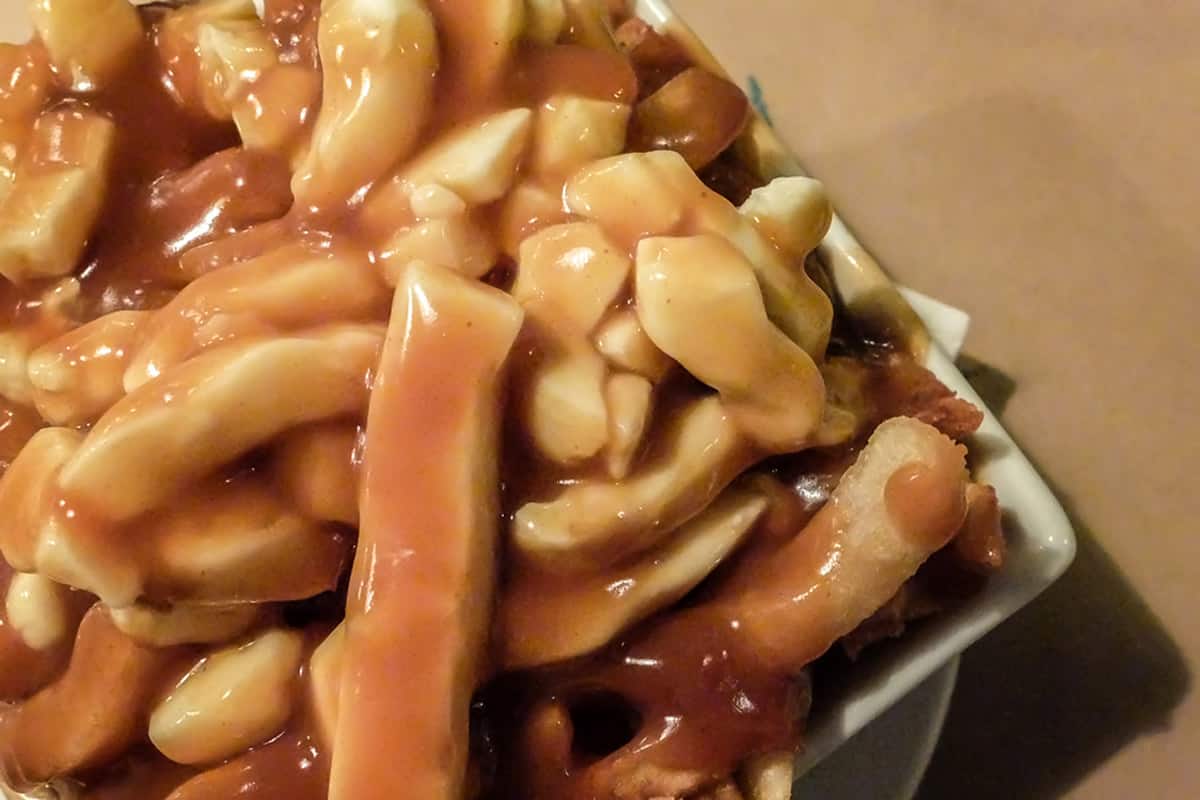
~ Speaking of fries and interesting facts, one-third of the world’s french fries come from New Brunswick. This is mainly because frozen food giant, McCain Food Ltd was founded by two brothers in their hometown of Florenceville, New Brunswick and where their very first french fry plant was created.
~ There’s a bar in Dawson City, Yukon, that serves a ‘Sourtoe Cocktail,’ which consists of 1 ounce of alcohol and one dehydrated (mummified) toe! To get a certificate of completion, you have to let the toe touch your lips. Don’t worry, though, no humans are harmed in the making of the drink…the toes are by donation.
National Parks and UNESCO World Heritage Sites
~ There are an astounding 20 UNESCO World Heritage Sites in Canada.
~ Located off the west coast of British Columbia on Haida Gwaii is Sgang Gwaay, a UNESCO World Heritage Site that commemorates the culture of the Haida people and highlights their relationship with the land and sea. The village has the remains of cedar long houses and memorial totem poles on display.
~ Quebec was the first city in North America to earn a UNESCO World Heritage Site distinction. In 2012 only 240 cities worldwide shared this distinction with the walled city.
~ Dinosaur Provincial Park is a UNESCO World Heritage Site located east of Calgary. The park is notable for being one of the richest dinosaur fossil sites in the world. So far, a total of fifty-eight dinosaur species have been discovered at the park, and more than 500 specimens have been removed and exhibited in museums around the globe.
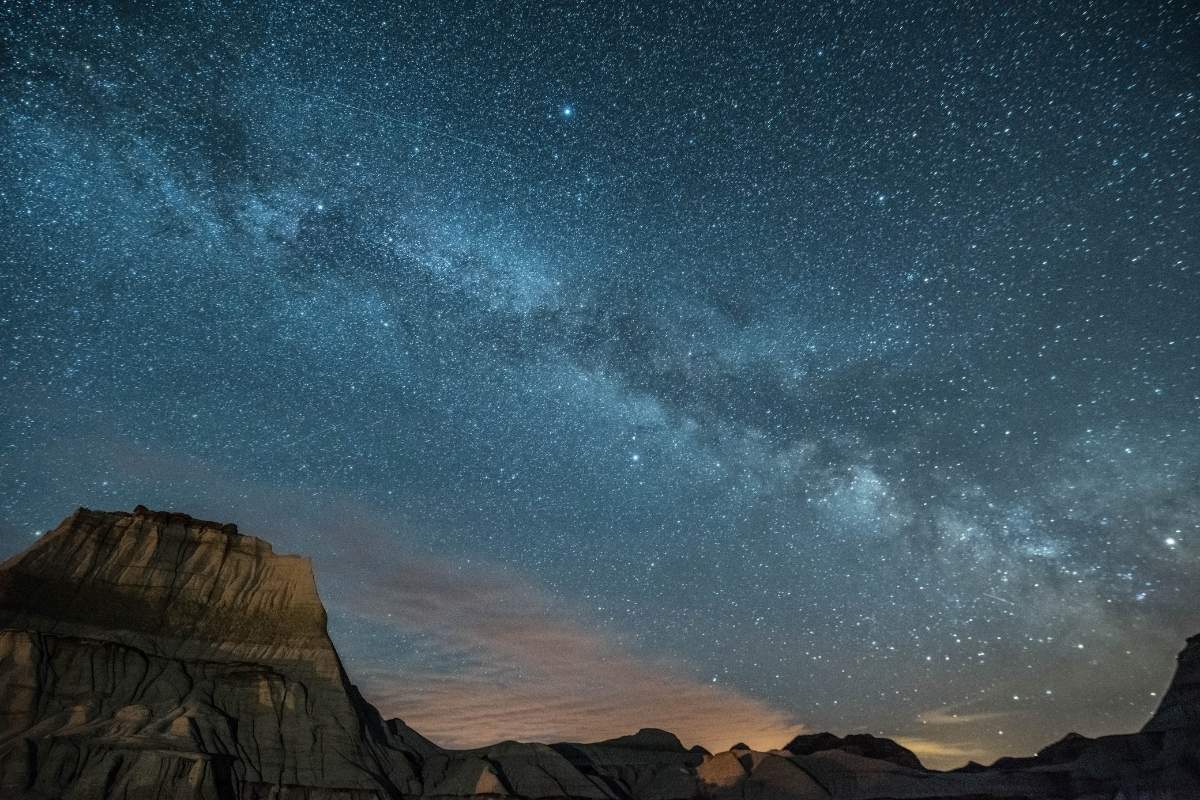
~ The first national park in Canada was Banff National Park, which was established in 1885. Fun fact: This was just three years after the creation of Yellowstone National Park in the United States, which was the first National Park in the world.
~ From coast to coast, Canada has 48 national parks and more than 970 national historic sites.
~ Wood Buffalo National Park is located between northern Alberta and the Northwest Territories. It was created to allow the bison (who are native to the area) to roam freely. The Park is the second-largest national park on Earth and the largest in Canada.
~ Mount Logan in Yukon is Canada’s tallest mountain. It is 5,995 metres high (19,551 ft) and can be found in Kluane National Park and Reserve in the Yukon.
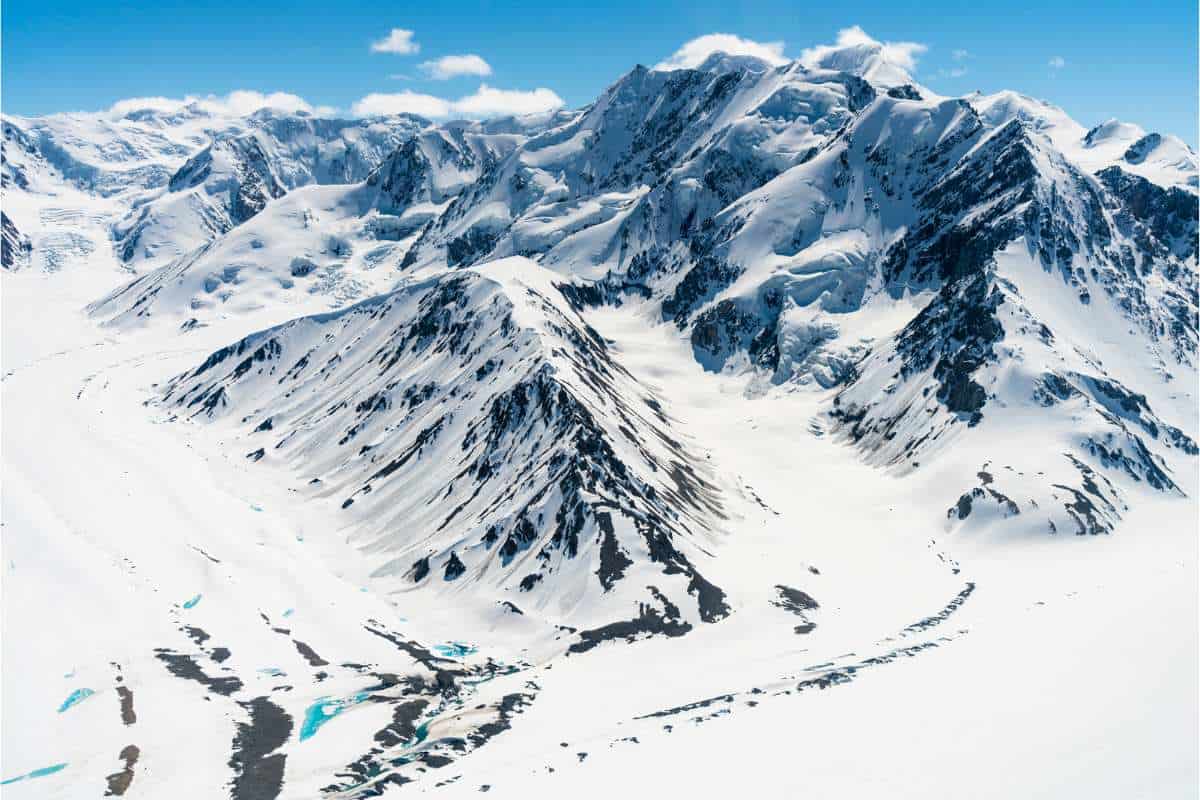
Some Fun Facts about Canada
~ Although current international law mandates that no single country owns the North Pole, Santa Clause is officially Canadian (with a passport and everything).
~ The license plate for cars, motorbikes and snowmobiles in Northwest Territories and Nunavut is shaped like a polar bear.
~ Toronto is also home to the world’s longest street. Yonge Street clocks in at 1,896 km (1,178 mi) in length.
~ Contrary to what the name suggests, Hawaiian pizza did not originate in Hawaii but in Canada! The pizza pie, characterized by a combination of pineapples, ham and bacon, is believed to have been invented by an Ontario restaurateur in the 1950s.

~ Now, this is a sticky fact about Canada: There was once a major maple syrup heist! Nearly 3,000 tons of maple syrup valued at roughly $18 million CAD ($14.4 million USD) were stolen from Quebec suppliers.
~ Canada has what some consider to be the world’s smallest jail. It is located in Rodney, Ontario, only 24.3 square metres (270 square feet).
~ Canada once had a long-standing, friendly land dispute with Denmark over Hans Island in the Arctic. The two countries used to battle it out by leaving either a bottle of Canadian rye whiskey or Danish schnapps along with cheeky notes to stake their claim. After 50 years, the dispute was finally resolved in 2022 by agreeing to split the island right down the middle.
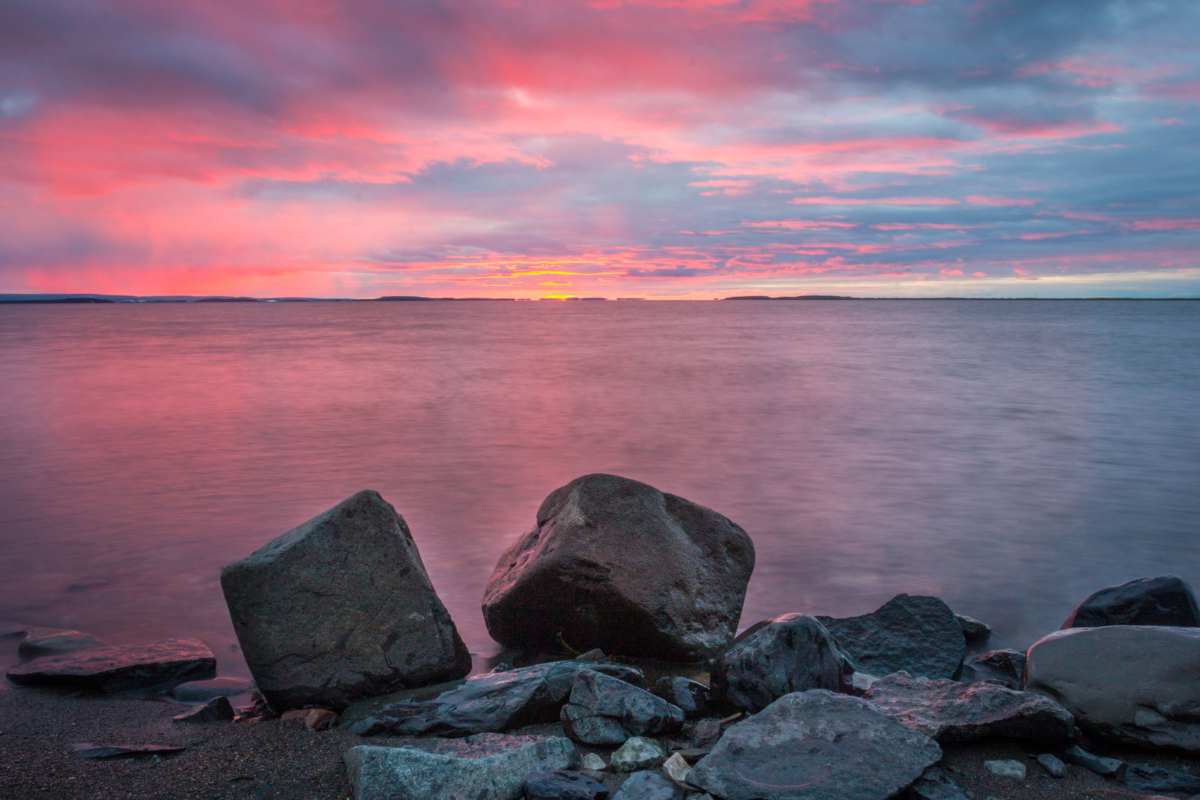
~ It is illegal to kill a Sasquatch in British Columbia as Bigfoot is legally protected in Canada. Someone actually asked in the 1800s for permission to kill “the Wild Man of Home Lake” and was shot down due to the obscure law.
~ The official phone number for Canada is 1-800-O-Canada.
~ Toronto has the world’s biggest underground shopping complex.
~ The famous Canadian interjection “eh” is an actual word in the Oxford English Dictionary. The definition is “an exclamation used to represent a sound made in speech, especially one used to express enquiry, surprise, or to elicit agreement.”
~ And to wrap up these fun facts about Canada, here is a list of random everyday items that were invented by Canadians:
- Paint roller
- Garbage bags
- Telephone pager
- Peanut Butter
- Wonderbra
- IMAX
- The pacemaker
- Insulin
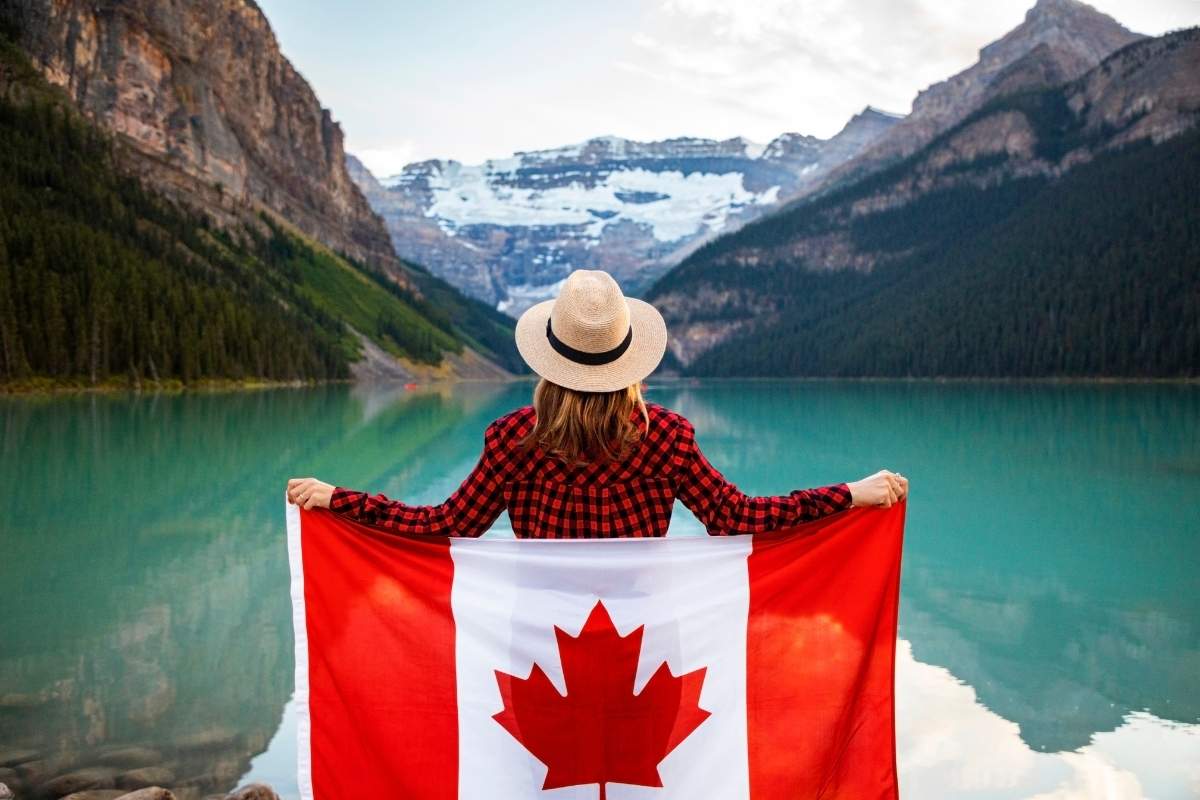
So to the rest of the world, on behalf of all Canadians, you’re welcome. Also, you’re welcome for this exhaustive list of fun facts about Canada, now go dig into a bowl of mac and cheese (errr, we mean Kraft Dinner) to celebrate!
Now that you’ve read the whole post, it’s time to test your knowledge with our quiz about Canada!
[adinserter name=”Block 1″]


